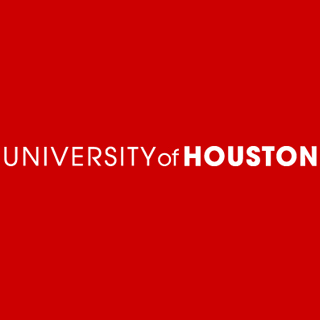
Life in a microgravity environment could cause astronauts’ bodies to lose additional bone mineral than they can substitute which supposedly makes them susceptible to fractures and breaks. Even after they return to Earth, the bone loss apparently persists as their bodies may gradually commence the procedure of restoring the bone mineral content.
Mark Clarke, associate professor and principal investigator, explained, “We have manufactured a structure that has no synthetic components. It’s all made by the two cell types bones start with inside the body. What you end up with is a piece of material that is identical to newly-formed, human, trabecular bone, including its mineral components, its histology and its growth factor content.”
This NASA-funded study comprised of Clarke’s colleagues at NASA-Johnson Space Center, Dr. Neal Pellis and Dr. Alamelu Sundaresan. They supposedly utilized human osteoblasts and osteoclasts, the two chief cell types caught up in the configuration and breaking down of bone. The 3-dimensional bone constructs is said to have facilitated perfect circumstances to examine how bone forms. More significantly, they also seem to inform how bone is lost in surroundings like space flight and environment present in post-menopausal women and spinal cord patients.
Mark Clarke was a chief researcher in a NASA study of micro-fabricated skin patches that gathers sweat for examination of biomarkers of bone loss, like calcium.
His new company OsteoSphere Inc apparently investigates how this research could be applied in a clinical setting for applications like spinal fusions, facial reconstructions subsequent to bomb blasts or the re-growing of an individual bone outside of the patient.
